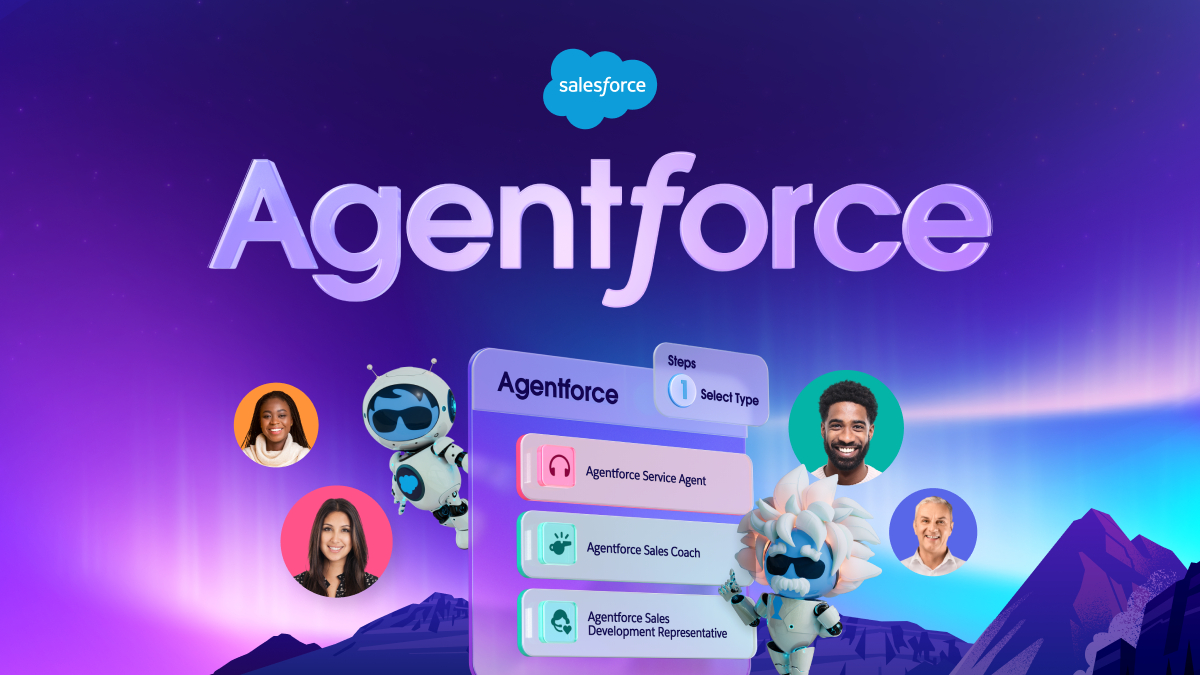In our article on email marketing, we explored its meaning, goals, strategies, types, benefits, and new trends. We also touched on the new metrics to analyze in 2022, emphasizing how the monitoring phase after sending a newsletter is crucial to understanding whether the content is engaging for its audience.
One standout metric in this context is the reactivity rate. This highlights the growing need for companies to personalize email marketing campaign based on their target audience, striving to continuously improve performance.
Below, we will delve into what an email marketing campaign entails, listing the elements that, over time, can make it highly effective
Email marketing funnel: a definition
Creating an email marketing campaign means bringing together various elements that require different skill sets.
First and foremost is the methodological aspect: how do you organize an email marketing funnel? But most importantly: what exactly are we talking about? Let’s find out together.
.

To fully understand what an email marketing funnel is, we need to start with a broader concept: the true cornerstone of sales strategies, the Marketing Funnel.
A funnel is a marketing model used to represent and analyze the ideal journey a consumer takes in a purchasing process, starting from awareness of a product’s existence to purchase and subsequent loyalty.
Represented as a literal funnel—due to the decreasing number of users who complete the process compared to those who begin it—this concept has been adapted in many ways while maintaining its core structure.
One of the most common ways to represent a sales funnel is through the AIDA model.
Email marketing funnel: the AIDA model
The AIDA model, which stands for Attention, Interest, Desire, and Action, helps organize the elements needed to structure a funnel.
This model, also known as the “Purchase Funnel,” was created by Lewis in 1898 and outlines the process customers go through when interacting with advertisements.

The AIDA model, which posits that awareness leads to interest, which in turn leads to desire and finally to action, unfolds in four stages:
Attention (Awareness): The first step in marketing is figuring out how to capture consumers’ attention through various channels.
Interest: Once the consumer is aware of the product or service, marketers must create content designed to spark interest in the potential customer toward the brand.
Desire: The consumer’s interest in the product or service must be transformed into desire.
Action: The ultimate goal is to encourage the recipient of the marketing campaign to take action and purchase the desired product or service.
Email marketing campaign: elements and tools for success
After outlining what a funnel is and explaining its basic structure, we can consider how the performance of an email marketing campaign can not only be improved but completely transformed! Indeed, there are key elements that, when properly utilized and analyzed, lead to the success of an email marketing campaign. These begin with the pillars: defining the objective, identifying the target audience, and creating a strategy. From there, it progresses to the KPIs, which measure how effectively a company is achieving a specific goal.

Among these essentials are:
- Email delivery rate
- Click-through rate (CTR)
- Clicks per link
- Event delay
- Bounce rate by category type
- Mailing list cleaning
- Unsubscribe rate and complaint rate
- Web traffic and conversions
- Performance of the entire campaign (not just for individual emails sent)
- Subscriber list growth and trends
- Most engaged and least engaged subscribers.
These are the essential elements to monitor to continuously improve the performance of an email marketing campaign over time. Additionally, to achieve the goal of a “successful email marketing campaign,” there are tools that help enhance performance. One such tool is Account Engagement (formerly Pardot), a marketing automation platform still relatively unknown in the market but with enormous potential.
Stay tuned! In upcoming articles on improving email marketing campaign performance, we’ll delve deeper into all the essential elements that make up a successful campaign. See you next time!










